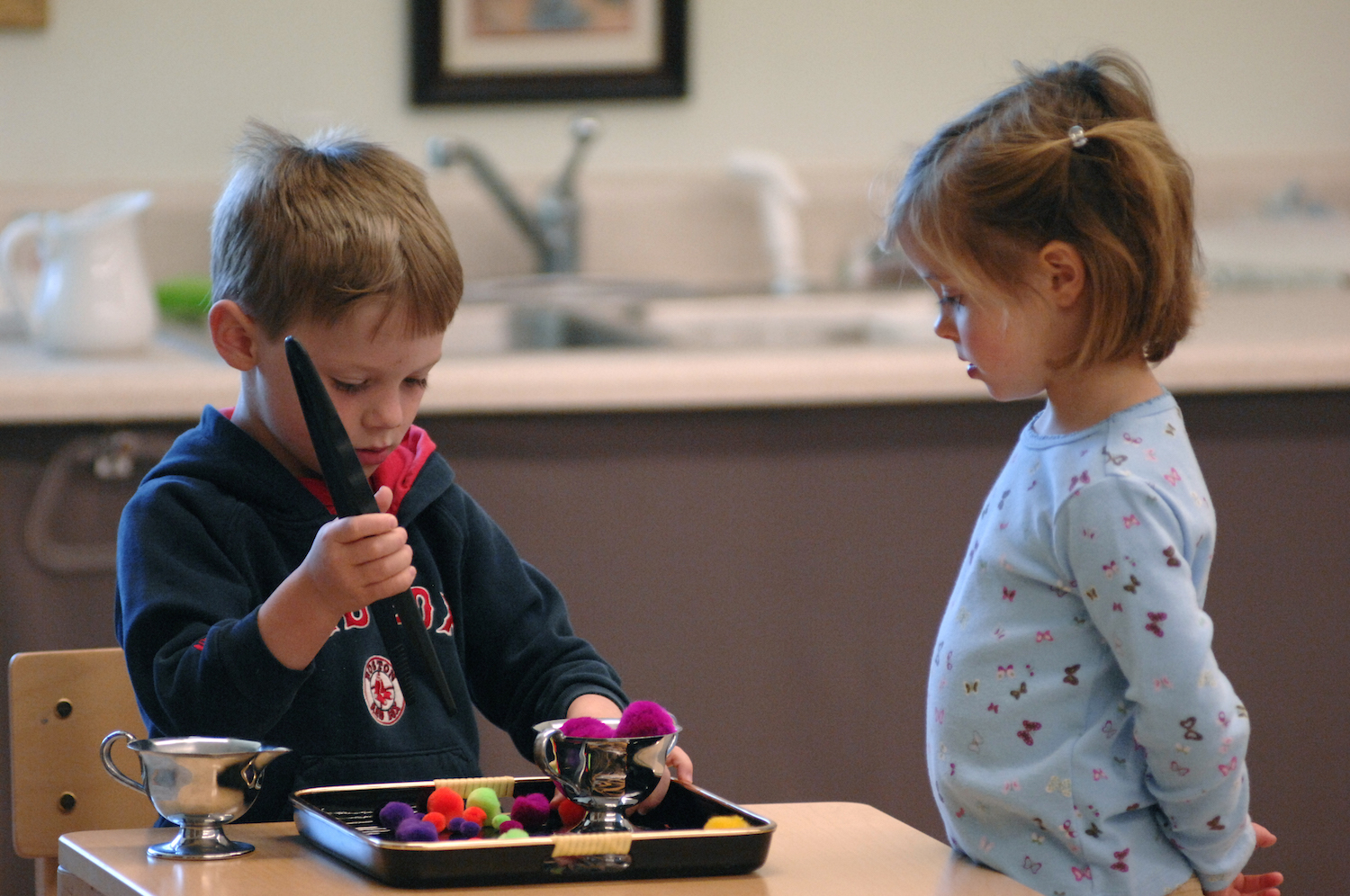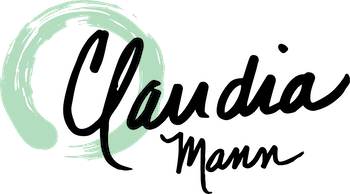Yes, I know…a strong statement! But I truly believe this…not just because I drank the Kool-Aid, but because I’ve seen how it works over and over in my more than 30 years in the Montessori world. This week, I got even more positive reinforcement through the Montessori Home School Summit.
There was some really valuable feedback responses to my presentation, “Learning to Observe Your Child: The Key to Guiding Their Learning” …but that’s not where I want to start with this essay.
No, where I want to start is with those presentations I watched in which Montessorians from all around the world spoke of the value of observation as a foundation for the Montessori Method. One presenter, Beth Wood from www.ourmontessorilife.com shared a beautiful way to begin to look at your observation practice, so I asked if I might share it with you. She suggested you do an observation or two of a child or your classroom, making notes. Very simple. Nothing more; nothing less. Next, she suggested you go out into a natural setting and do the same: Observe and make notes.
Next comes the opportunity to see what you can learn from your observations: compare them; analyze the similarities and differences. What do you notice? How are they different? Are there more “assessments” in the notes of your child or of the classroom? Likely! What do I mean?

Comments like “X is really enjoying the puzzle maps” is an assessment, maybe even a judgment. How do you know that is the motivation behind the puzzle map work? Maybe it’s the easiest work for him. Maybe it was the only work that had been presented that was still available to her (because you have a strict rule that a student can’t try anything without a lesson first.) Maybe he saw a friend do it yesterday and wants to be like the friend. There are a TON of ways to interpret the simple fact that “X is working on a puzzle map of ___.” That last bit (“X is working on a puzzle map of ___.”) is an observation. To learn more deeply from observation, you need to look longer and more frequently, making note of how often the map is chosen, when it’s chosen, who had it first or who did it first or after, how quickly the work was completed, the clues to the level of concentration, could (or did) the child do it with their eyes closed, …OMG, so many possible things to consider!
That’s a big part of what I discussed in my presentation. (If you didn’t see it, or want to, watch this space. I’ll be offering it as a webinar in the weeks ahead.)
Maria Montessori told us we need to be meticulous as the scientist. It was through observation that she learned about human development and then how to be an aid to that development. That is the true method…more than the materials (which I adore!) or the peacemaking (which is my guiding principle). It is the observation that allows us to follow the child…and that was her instruction to us!
Now about that saint part…
In my presentation I discuss how we need to look at what we bring to the observation: our judgments, fears, beliefs, knowledge, hopes, dreams, desires…all of it! And then we need to let it ALL go so that we can do our best to be a scientific observer: one who is not out to prove or disprove an already held belief or to influence the outcome through our own expectations.
For me, this letting go is the work of the saint. The individual who can put themselves aside to see the child before us. This attendee said it best:
“This presentation was so empowering! My children are doing virtual school this year but it’s not going well so I’m convinced we need to take a homeschooling approach. I felt my confidence rise as I watched this video and feel like there are very practical tools (and tables which I love) that I can implement right away. Parsing out my feelings and the cause of them from my desired intentions and actions is the money slide*. If I can successfully separate observation from my internal judgements, my whole year will transform. Thank you!”
Here’s my wish for you: That you will make observation a priority and that it will empower you to be the scientist and the saint, so that your whole year will transform.
*I had to look it up. This is what I found: “money slide”, or the slide that recommended to the audience exactly what they should do based on the research. This slide was clear, concise and easy to put into action.
